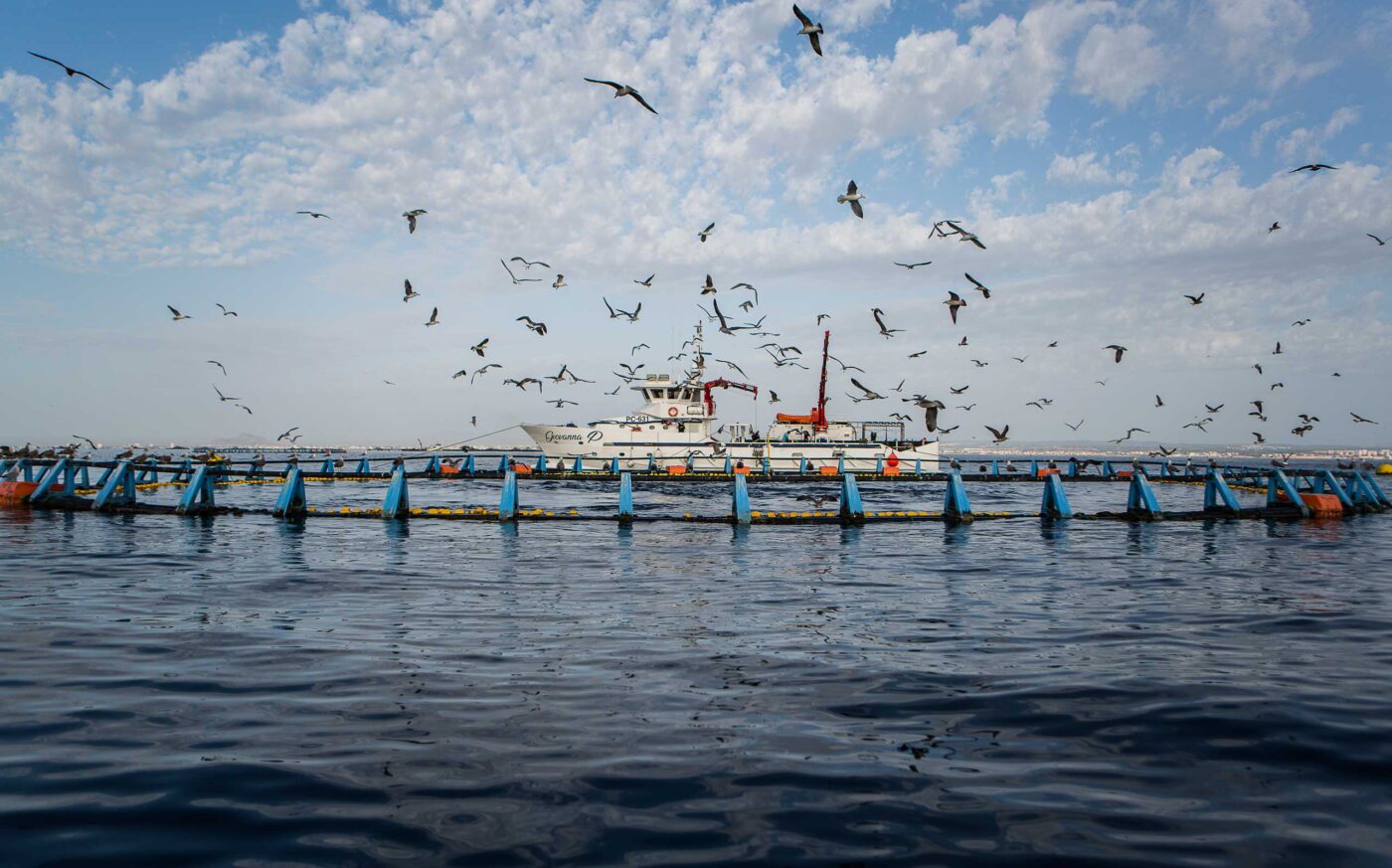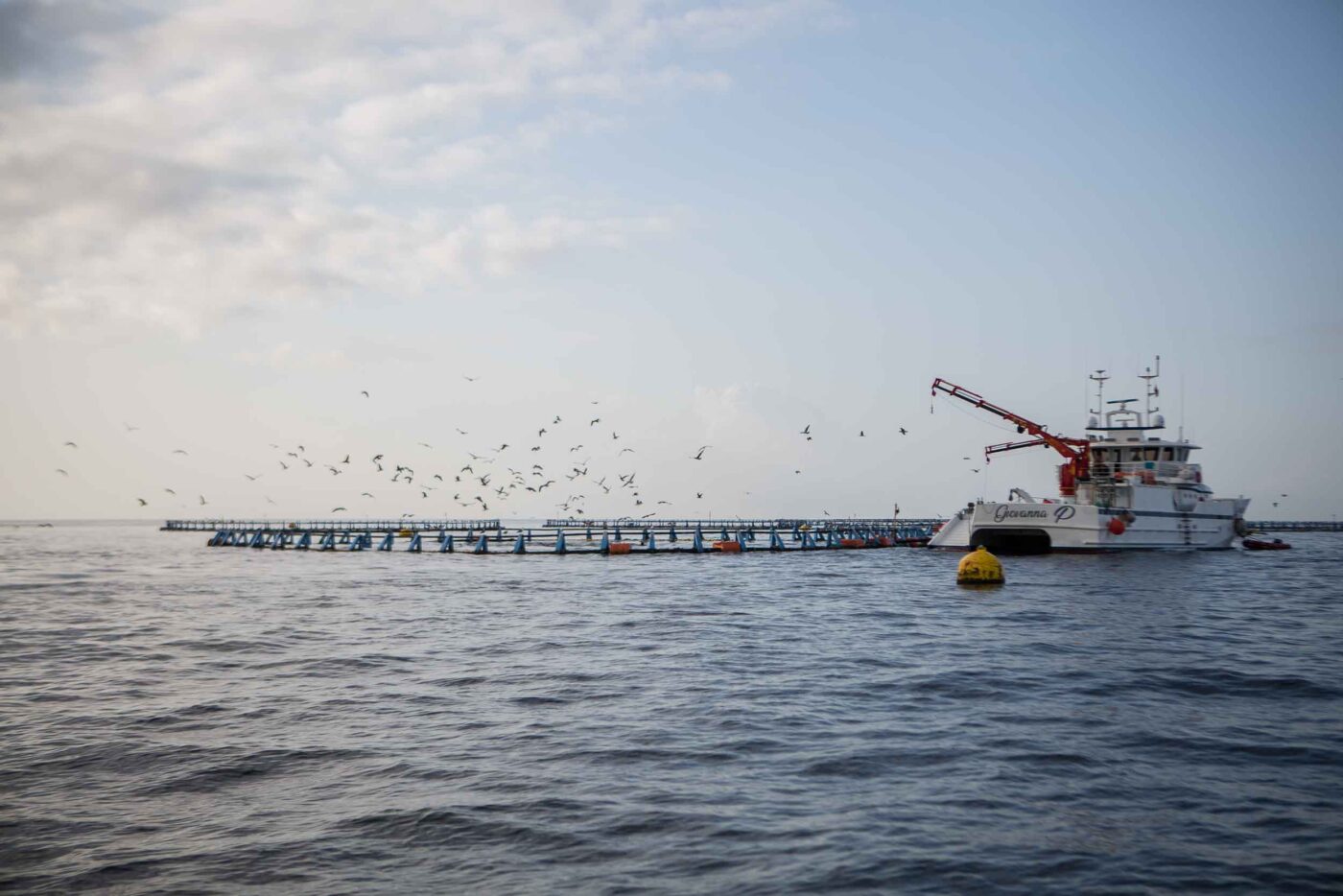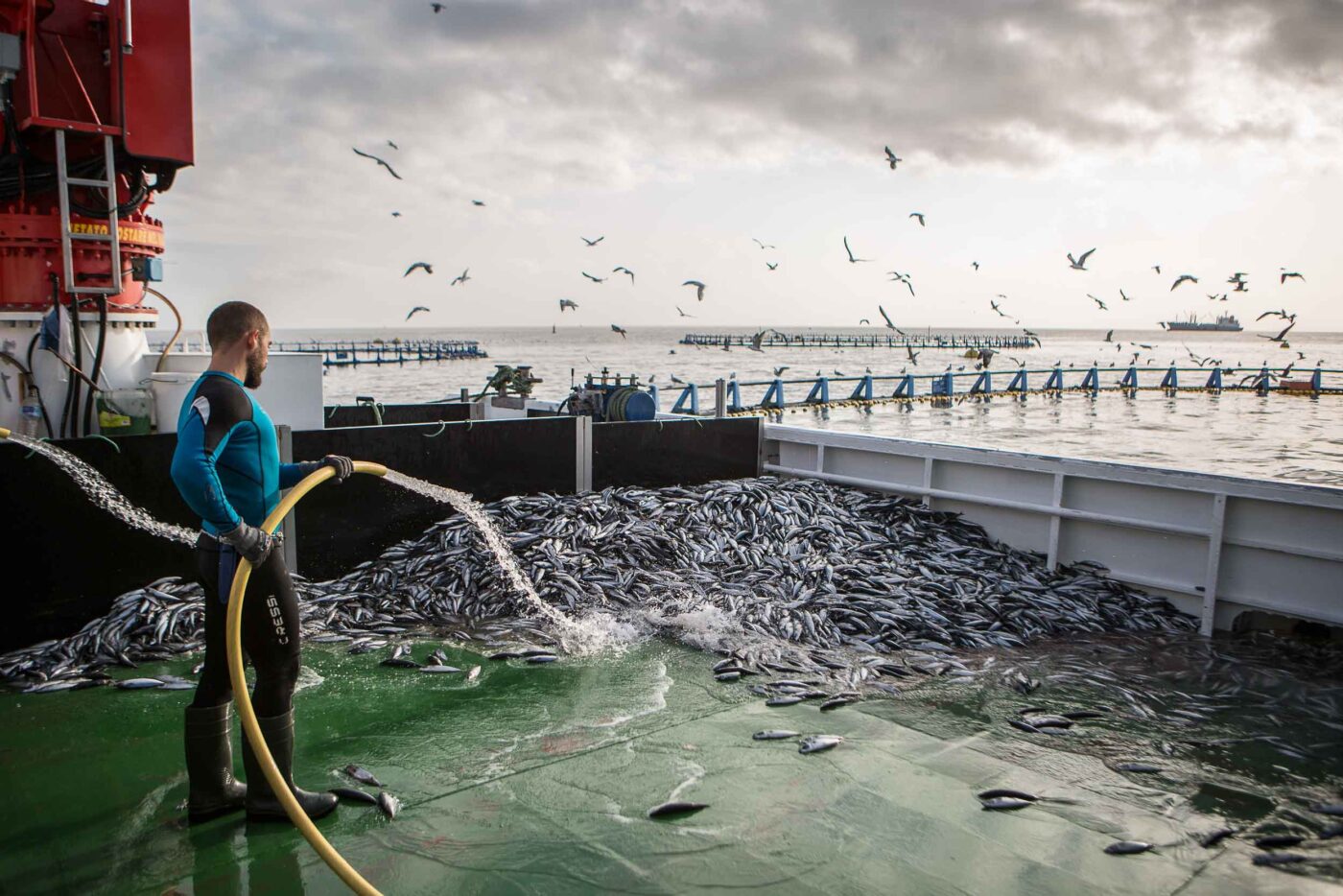Gourmet diet for the finest bluefin tuna
Summary:

A logbook by Sensei Hiroshi Umi.
I got my head around the parallels almost as soon as I arrived in Spain and met the fine folk of the inland dehesa pig-rearing regions, so similar to seafarers in terms of their punishing crafts and trades. The simile suggested that if the quality of inland Iberian cured ham came from the acorns and the knowing dietary combination of the fruit of the holm and cork oaks with orchard grass and grain, then the excellence of the bluefin tuna and its outstanding culinary prowess is derived from the fatty fish it eats every day.
Little anchovies, sardines, sardinellas, horse mackerel and bogues (and to a lesser extent whiting and sauries, a few crustaceans and/or cephalopods, such as cuttlefish and crabs) make up the diet of our fine fishy friends, and are ultimately responsible for the highly prized fattiness they conceal within. In other words, the intense flavour and marbling which runs through their red flesh is the result of eating fatty fish which likewise contain within their anatomy at least 6% of the good kind of fat, the polyunsaturated fatty acids that doctors recommend we consume two or three times per week. One step at a time, though. We should go on a journey to other climes before casting anchor in the San Pedro del Pinatar fish farm…
Gourmet voracity
The digestive apparatus of the tuna begins in a toothed mouth, followed by the buccopharyngeal cavity, oesophagus, stomach, intestine and anus, accompanied by such organs as the liver, pancreas and spleen. Our opportunistic predators, which fear only killer whales and certain mako sharks, feed in northern coastal waters to increase their level of body fat to provide them with the huge store of energy they will need to migrate and reproduce the other side of the pillars of Hercules (the magical funnel of the Strait of Gibraltar). It is essential to recall that these titans of the sea swim in fairly well-lit ocean waters. And they do so for one fundamental reason, in terms of undersea topography. Their prey swims at depths of between 15 and 35 metres, where the level of light is just right, but becomes less common if one dives further down. Which would be the case in waters where our eyes can likewise no longer see… Let us set a course for more familiar coordinates.

Natural diet in the El Gorguel and San Pedro del Pinatar fish farms
Whether under a raging storm, a burning sun or blistering wind, the finest tuna in the world receives plentiful feed every day at the El Gorguel and San Pedro del Pinatar fish farms, courtesy of a team of truly esteemed chefs. In the form of the 10 divers who work flat out at these facilities just a few miles from the coast.
When the time comes they are slaughtered using a Japanese technique known as ike jime, a painless process which avoids the yake and the spread of lactic acid through their bulky bodies, which we will explain in depth in a subsequent post. That is how our dear tuna relish their food. Which explains how they then arrive on our plates, full of those hugely healthy polyunsaturated fatty acids. Like a truly oceanic expression of acorn-fed livestock.

We adjust the diet to make sure that the tuna has the level of fattiness that the market is after. We don’t want to be force-feeding them. On occasion we have changed the diet depending on what the client is looking for, or if we find that the fat is not marbling the flesh as it should. But it’s always completely natural,” Julio reminds us.
When the time comes they are slaughtered using a Japanese technique known as ike jime, a painless process which avoids the yake and the spread of lactic acid through their bulky bodies, which we will explain in depth in a subsequent post. That is how our dear tuna relish their food. Which explains how they then arrive on our plates, full of those hugely healthy polyunsaturated fatty acids. Like a truly oceanic expression of acorn-fed livestock.
